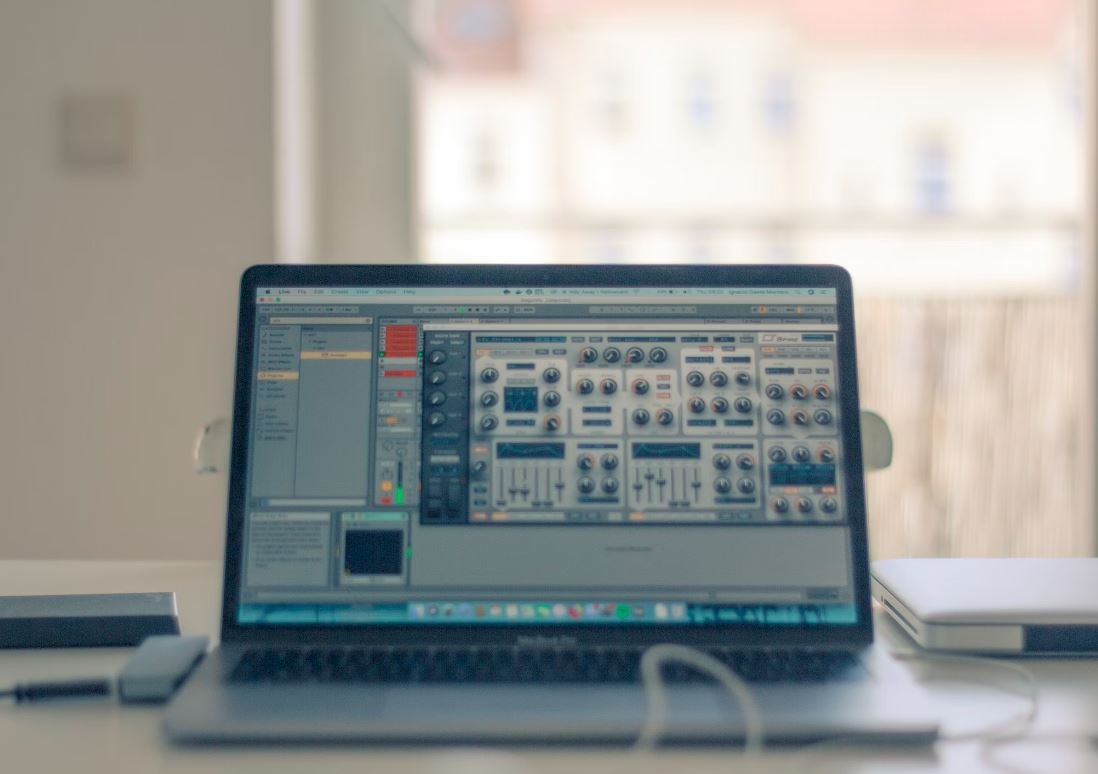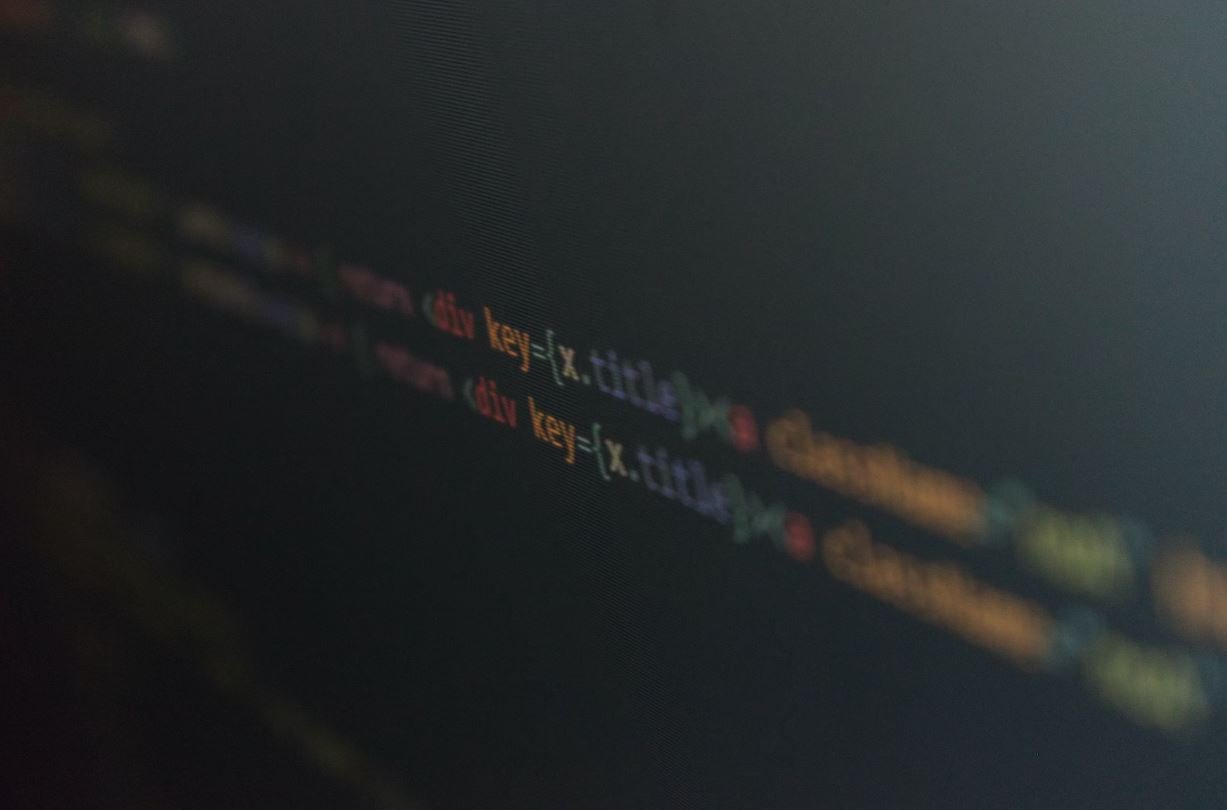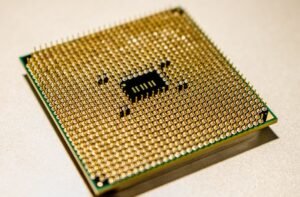What Is Dub Music
Dub music is a genre that originated in Jamaica in the late 1960s. It emerged from the mixing and manipulation of reggae tracks, created by producers and engineers who experimented with various studio techniques. Dub music is characterized by its heavy use of sound effects, electronic instruments, and a prominent emphasis on the bass and drums.
Key Takeaways:
- Dub music is a genre that originated in Jamaica in the late 1960s.
- It emerged from the mixing and manipulation of reggae tracks.
- Dub music incorporates sound effects, electronic instruments, and emphasizes bass and drums.
*Dub music revolutionized the way music was produced and influenced many other genres, including electronic and hip-hop music.
Dub music gained popularity in the 1970s in Jamaica, with dub remixes becoming an essential part of reggae culture. Producers like Lee “Scratch” Perry and King Tubby played significant roles in the evolution of dub music, developing innovative techniques that would shape the genre’s unique sound.
*One interesting fact is that early dub music was mainly instrumental, with minimal or no vocals. This allowed the focus to be on the instrumental tracks and the mixing effects applied to them.
Dub Techniques and Sound Manipulation
Dub music is characterized by its distinct production techniques and sound manipulation. Producers would often strip down the original reggae tracks, removing vocals and emphasizing instrumental elements such as basslines and drum patterns. They would then apply various effects like reverb, echo, delay, and phasing to create a spacious and immersive sound experience.
*The use of sound effects such as tape delays made it possible to create unique sonic textures and rhythms that became signatures of the dub genre.
Here are some techniques commonly used in dub music production:
- Bass-heavy mix with prominent, deep basslines that drive the rhythm.
- Dropouts and breaks where the music momentarily fades out and then returns.
- Sound effects like reverb, echo, delay, and phasing.
| Technique | Description |
|---|---|
| Bass-heavy mix | Deep and prominent basslines drive the rhythm of the music. |
| Dropouts and breaks | The music momentarily fades out and then returns, creating tension and dynamics. |
| Sound effects | Reverb, echo, delay, and phasing effects create a spacious and immersive sound experience. |
*Dub music producers pushed the boundaries of traditional mixing, inventing techniques that allowed them to create entirely new sounds.
Impact and Influence
Dub music has had a significant impact on the music industry and has influenced numerous genres. Its innovative production techniques, emphasis on remixing and experimentation, and incorporation of sound effects and electronic instruments have inspired artists across different musical styles.
*Dub music’s influence can be heard in genres like electronic music, hip-hop, and even rock music, where artists adopted its techniques and incorporated them into their own sound.
| Genre | Impact |
|---|---|
| Electronic music | Dub techniques heavily shaped the production and sound design in electronic music, especially in the areas of mixing and effects. |
| Hip-hop | The use of sampling and remixing in dub music influenced the birth of hip-hop, which relies heavily on these techniques. |
| Rock music | Many rock bands incorporated dub techniques into their sound, experimenting with the mixing and texture of their tracks. |
Dub music continues to evolve and inspire new generations of musicians and producers. Its impact on the music industry is undeniable, and its innovative approach to production has left a lasting legacy.
*The influence of dub music can still be heard in contemporary music production, as artists continue to experiment with remixing, sound manipulation, and effects.

Common Misconceptions
Misconception: Dub music originated in Jamaica.
Many people believe that dub music has its roots solely in Jamaica due to its association with reggae music. However, while dub music did gain significant popularity in Jamaica during the 1960s and 1970s, it actually originated in the United Kingdom.
- Dub music has its origins in the Jamaican genre of reggae, but it was developed and popularized by British artists.
- Artists like Lee “Scratch” Perry and King Tubby played a pivotal role in the creation and evolution of dub music in Jamaica.
- British sound engineers and producers, such as Osbourne Ruddock (King Tubby), played a significant role in creating the distinctive sound of dub music.
Misconception: Dub music is simply instrumental reggae.
Another common misconception is that dub music is nothing more than instrumental versions of reggae songs. While it is true that dub music often features instrumental tracks, it is much more than that.
- Dub music incorporates various elements such as studio effects, heavy basslines, and sound manipulation.
- It emphasizes the use of echo, reverb, delay, and other audio effects to create a unique sonic landscape.
- Dub music also involves remixing and deconstructing existing tracks, adding new vocal samples or fragments, and rearranging the structure of the song.
Misconception: Dub music is a dying genre.
Despite its origins dating back several decades, dub music is often mistakenly thought of as a dying genre by many music enthusiasts. However, this is far from the truth.
- The influence of dub music can be heard in a wide range of contemporary genres, including electronic music, hip hop, and even pop music.
- Dub-influenced artists and producers continue to emerge and make significant contributions to the music scene.
- Many clubs and venues around the world still dedicate nights or events specifically to dub music, showcasing its continued popularity among certain audiences.
Misconception: Dub music is only enjoyed by a niche audience.
One misconception surrounding dub music is that it appeals only to a small, specific group of people. However, the reality is quite different.
- Dub music has a dedicated and passionate following that spans across different countries and cultures.
- Dub festivals and events attract diverse audiences, showcasing the genre’s universal appeal.
- Its influence can also be heard in mainstream music, with artists like The Clash and Massive Attack incorporating dub elements into their songs.
Misconception: Dub music is only created using traditional instruments.
Some people mistakenly believe that dub music can only be created using traditional instruments like guitars and drums. However, dub music embraces a wide range of production techniques and instruments.
- Dub music often relies heavily on studio equipment and effects processors.
- Modern technology has allowed producers to create dub music using synthesizers, samplers, and software plug-ins.
- Dub music has also seen experimentation with non-traditional instruments such as the melodica, Theremin, and electronic keyboards.

What Is Dub Music
Dub music is a genre that originated in Jamaica in the late 1960s. It is a subgenre of reggae and is characterized by the manipulation of existing recordings to create unique and experimental sounds. Dub music is known for its heavy use of reverb, echo, and other audio effects, creating a psychedelic and immersive listening experience. The genre has had a significant influence on many other music genres, including hip-hop, electronic music, and dubstep. In this article, we will explore various aspects of dub music and its impact on the music industry.
The Pioneers of Dub Music
The pioneers of dub music were crucial in shaping the genre and laying the foundation for its development. Here are some notable figures:
| Pioneer | Key Contributions |
|---|---|
| King Tubby | Developed the concept of “dubbing” and built the first known dub studio. |
| Lee “Scratch” Perry | Experimented with studio techniques, such as using the mixing desk as an instrument, and produced numerous influential dub albums. |
| Augustus Pablo | Popularized the use of melodica in dub music and created a distinct melodious sound. |
Effects Used in Dub Music
Dub music is renowned for its unique soundscapes created through various audio effects. Here are some commonly used effects:
| Effect | Description |
|---|---|
| Reverb | Creates a sense of space and depth by adding reflections to the sound. |
| Delay | Repeats and echoes the sound, adding rhythmic and textural elements. |
| Phaser | Modulates the signal by creating a series of peaks and troughs, altering the timbre of the sound. |
Influences on Other Music Genres
Dub music has had a significant impact on various music genres, influencing their development and sound. Here are some notable genres influenced by dub:
| Genre | Indicative Artists |
|---|---|
| Hip-Hop | Public Enemy, Beastie Boys, DJ Shadow |
| Electronic Music | The Orb, Massive Attack, Burial |
| Dubstep | Skream, Digital Mystikz, Rusko |
Classic Dub Albums
Several classic dub albums have left an indelible mark on the genre. Here are some essential albums for dub enthusiasts:
| Album | Artist |
|---|---|
| “King Tubbys Meets Rockers Uptown” | Augustus Pablo |
| “Super Ape” | Lee “Scratch” Perry & The Upsetters |
| “Dub Landing” | Sly & Robbie |
Recognizable Dub Basslines
The basslines in dub music are often memorable and distinctive. Here are a few recognizable examples:
| Track | Artist |
|---|---|
| “Police and Thieves” | Junior Murvin |
| “54-46 (Was My Number)” | Toots & The Maytals |
| “Dub Organizer” | Coxsone Dodd |
Dub-inspired Film Soundtracks
The atmospheric and textural qualities of dub music have made it a popular choice for film soundtracks. Here are some movies with dub-inspired soundtracks:
| Movie | Composer |
|---|---|
| “Snatch” | John Murphy |
| “Inception” | Hans Zimmer |
| “Trainspotting” | Various Artists |
Samples Used in Popular Dub Songs
Dub music often incorporates samples from a range of genres. Here are some samples used in popular dub songs:
| Sample | Song | Artist |
|---|---|---|
| “I Shot the Sheriff” | “Chase the Devil” | Max Romeo & The Upsetters |
| “White Rabbit” | “Dub The Line” | Jason Forrest |
| “UFO” | “Ali Baba” | John Holt |
Modern Dub Producers
The legacy of dub music continues through modern producers who explore and innovate within the genre. Here are some contemporary dub producers to keep an eye on:
| Producer | Notable Works |
|---|---|
| Mad Professor | “Dub Me Crazy” series |
| Adrian Sherwood | “Never Trust a Hippy” |
| Kode9 | “Dubstep Allstars: Vol. 3” |
Conclusion
Dub music, with its innovative use of audio effects and studio techniques, has left an indelible mark on the music industry. From its humble beginnings in Jamaica, it has influenced and shaped various music genres across the globe. Dub music continues to captivate audiences and inspire new generations of artists and producers. Whether you are a fan of reggae, hip-hop, electronic music or exploring new soundscapes, the world of dub offers a rich and immersive sonic experience.
Frequently Asked Questions
What Is Dub Music?
What makes dub music unique?
Dub music originated in Jamaica in the late 1960s and is known for its heavy emphasis on manipulating and experimenting with recorded sounds, particularly through the use of studio effects like echo, delay, and reverb. This emphasis on production techniques sets it apart from other genres.
What are the key elements of dub music?
Dub music typically incorporates deep basslines, sparse drum patterns, reverberated and delayed sound effects, and the use of instrumental breaks or “versions” without vocals. These elements combine to create a distinctive and atmospheric sound that showcases the creativity of the producers.
How did dub music originate?
Who are the pioneers of dub music?
Dub music was pioneered by Jamaican musicians such as King Tubby, Lee “Scratch” Perry, and Augustus Pablo in the late 1960s and early 1970s. These artists experimented with remixing reggae tracks by manipulating the original recordings and adding their own effects and instrumentation.
What influenced the development of dub music?
Dub music was influenced by various factors, including Jamaican sound system culture, dub poetry, and the use of the mixing console as an instrument. It also drew inspiration from other genres such as jazz, funk, and disco, incorporating elements of these styles into its sound.
How is dub music produced?
What equipment is commonly used in dub music production?
Common equipment used in dub music production includes a mixing console, tape echo machines, spring reverbs, and analog effects units. Producers also employ techniques like studio dubbing, soundboard mixing, and track bouncing to achieve the desired sonic effects.
What is the role of the producer in dub music?
In dub music, the producer plays a crucial role in creating unique versions of existing songs. They manipulate and deconstruct the original recordings, accentuating certain elements and adding their own creative touches through the use of effects and production techniques.
What impact has dub music had on other genres?
Which genres have been influenced by dub music?
Dub music has had a significant impact on various genres, including reggae, electronic music, hip hop, and punk. Its production techniques and experimental approach have been adopted and adapted by artists in these genres, leading to the creation of new musical styles and subgenres.
How has dub music influenced the development of electronic music?
Dub music played a crucial role in the development of electronic music. Its emphasis on sound manipulation and experimentation laid the foundation for genres like dubstep, drum and bass, and techno. The use of effects, rewiring of equipment, and production innovations became hallmarks of electronic music production.
Is dub music still popular today?
Do artists continue to produce dub music?
Yes, dub music continues to be produced and enjoyed by a dedicated fan base around the world. Many contemporary artists and producers incorporate dub elements into their music, ensuring its continued relevance and influence in modern music scenes.
What festivals or events celebrate dub music?
There are various festivals and events that celebrate dub music, such as the Dub Champions Festival, Dub Camp, and Outlook Festival. These gatherings showcase performances by renowned dub artists, provide opportunities for collaboration, and highlight the genre’s rich history and future.




